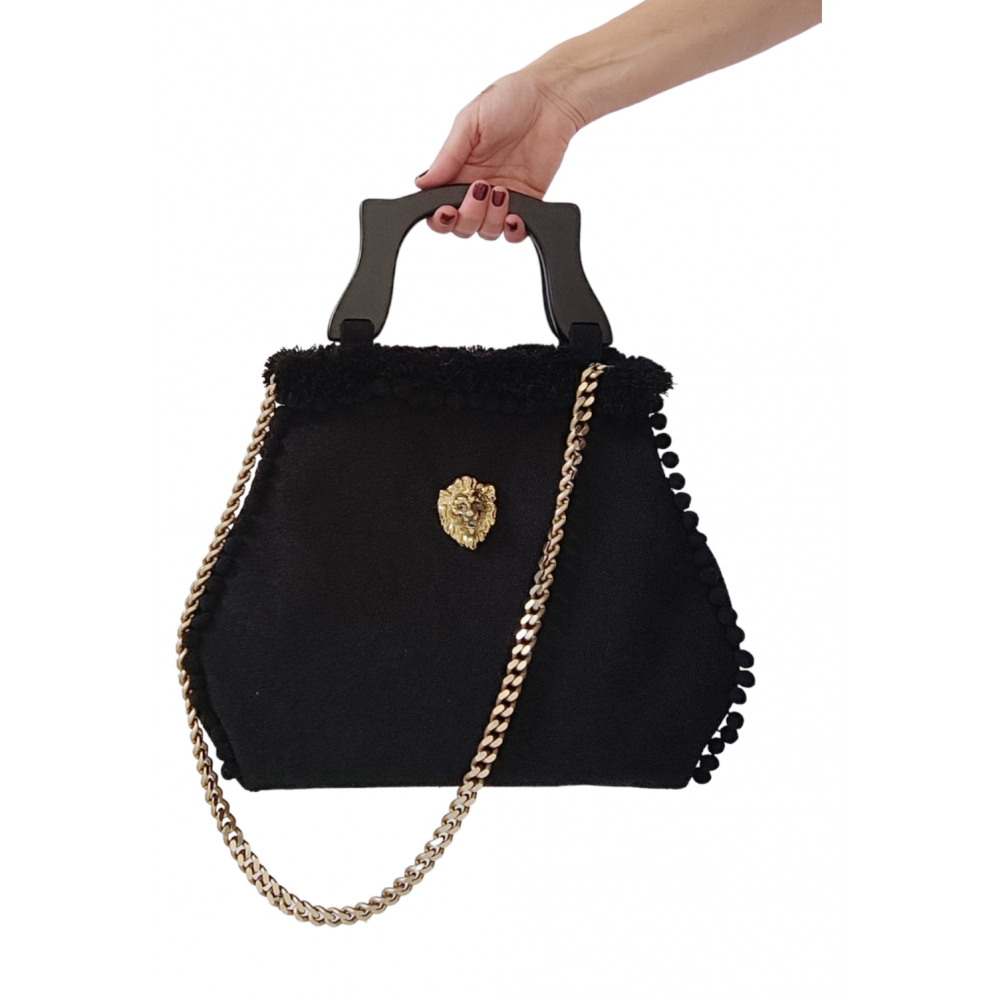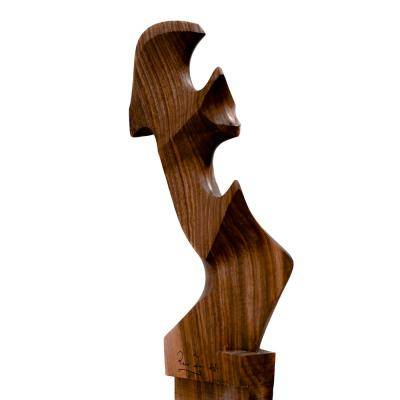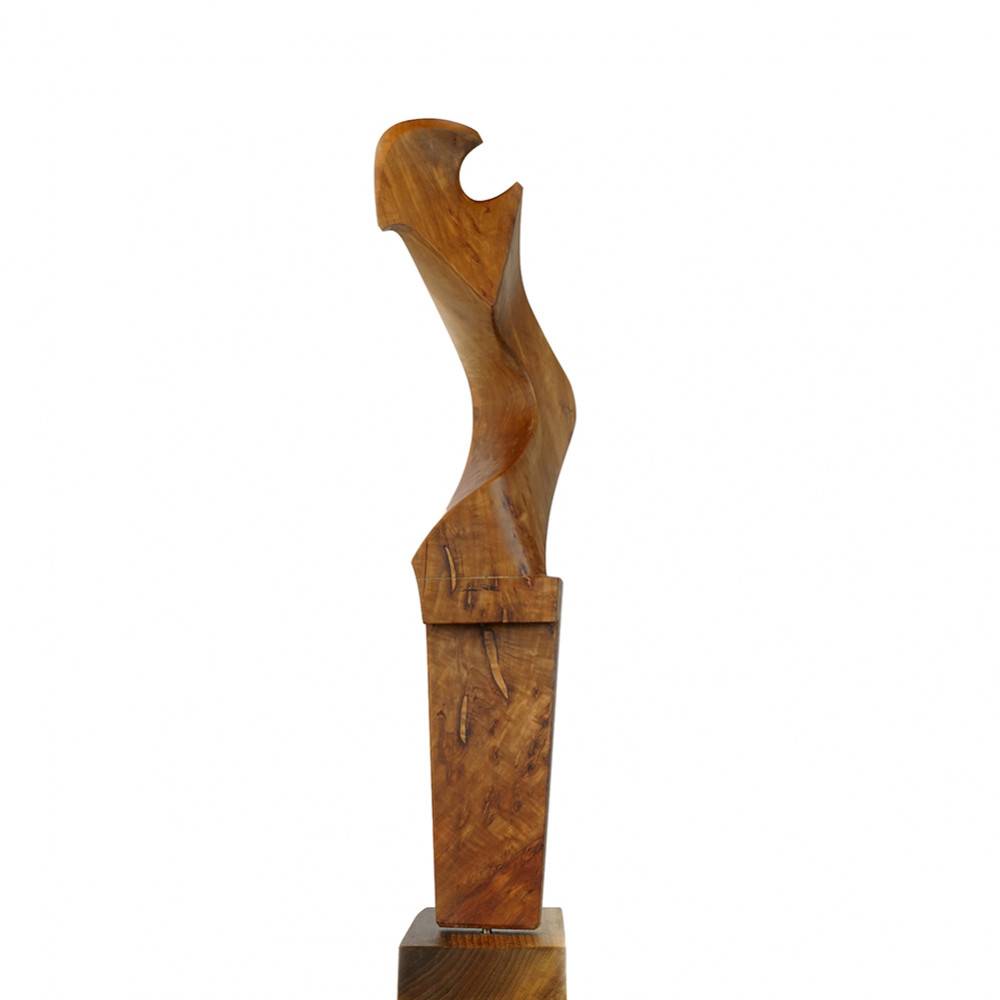
Taking a gondola ride is an experience not to be missed. Don't be afraid of the cost (about 80 euros for 30 minutes during the day, a little more expensive at night) but you can fit up to 6 people in the gondola, and it really is worth it.
It creates a privileged thrill but, above all, it allows those who don't have a boat to experience Venice from a completely different, unique, and characteristic perspective: from the water rather than from the mainland. Venetians have, in fact, two maps to orient themselves in the city: on foot and by boat.
Just by taking a vaporetto you can appreciate the simplicity and speed of traveling by boat compared to by foot, but the gondola has the advantage of silently slipping into the narrowest canals, opening up perspectives otherwise impossible to see from the main facades of the buildings facing the canals, perspectives that their builders favoured, the life of the city being more maritime than terrestrial.
Great exercises of skill allow the gondoliers to steer and guide the gondolas (which are 11 meters long!) with a single oar and the strength of their arms without getting stuck, overcoming obstacles like skilled acrobats.
Despite being the most touristic emblem, the gondola lives on thanks to a chain of artisan skills linked to traditional seafaring. Squerarióli, fondidóri, intagiadóri, tapessièri, caleghèri, remèri, fravi, baretèri, battiloro and indoradóri: each craft has its own role in the special assembly of the iconic boat.
There are about 280 parts that make up a gondola, each with a different function: structural (such as the hull in fir and larch and oak assembled by the squerariòl), functional (such as the oars and forcole, in walnut, made by the remèr) or ornamental-decorative (such as the cavàì, or sea horses placed in the central part on both sides of the gondola).
Made of brass and bronze in the only foundry left in Venice, these are melted "a staffa", a very ancient technique, and then worked by hand in the workshop. Objects to set up (pareciàr) the boat for every use: from the gondola-ferry to those for weddings, from racing gondolas to gondolas for tourist service. El felze, now in disuse, was the removable cabin that allowed the sheltering of passengers in winter, at night, or in case of rain and wind.
Visits can be arranged at some squero (shipyards where other small-medium boats are also made) in order to allow people to appreciate the construction techniques. Some are easily visible from outside, so you can take a look without disturbing them, perhaps holding some cicchetti and an aperitif (there is always a bacaro nearby) and then to a gondolier to take another ride ... in a gondola!




